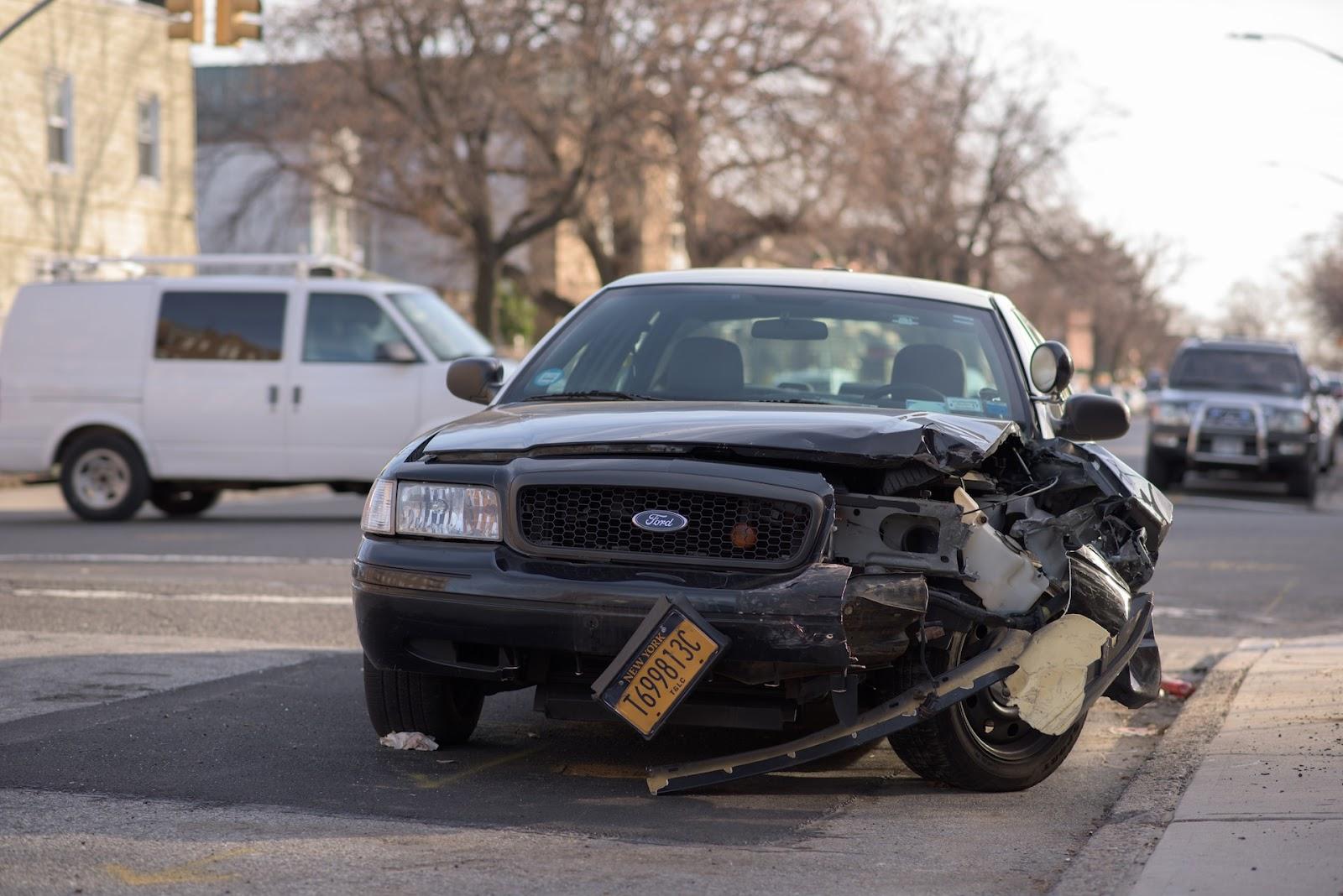A car insurance policy provides financial protection in the event of a car accident. These policies typically cover car repair costs and medical expenses.
If you’ve been involved in a car accident that wasn’t your fault, you can pursue compensation. A leading Houston car accident lawyer can initiate legal action against the at-fault driver to recover the compensation you deserve.
What Are the Different Types of Car Insurance Policies?
All motorists must understand the different types of car insurance policies. Insurance coverage protects policyholders from potential financial burdens in the event of an accident. Here are the common types of car insurance policies:
Liability Insurance
Buying liability insurance coverage is mandatory in many states. This insurance coverage protects you if you are at fault and responsible for the resulting damages.
Liability insurance caters to both bodily injury (medical expenses and legal fees) and property damage liability (repair costs). By having this insurance coverage, policyholders can promptly compensate plaintiffs without challenges.
Collision Insurance
Collision insurance covers car repair or replacement costs after a collision, regardless of who is at fault. Whether you hit another car or collide with an object, such as a tree or a pole, this policy will assist in covering the expenses. Collision insurance is particularly valuable for newer vehicles or those with a higher value, as repairs can be costly.
Comprehensive Insurance
Comprehensive insurance goes beyond collision coverage. It also protects vehicles from non-collision-related incidents by covering damage caused by:
- Theft
- Vandalism
- Fire
- Severe weather conditions
- Falling objects
- Collisions with animals
With comprehensive insurance, policyholders can have peace of mind knowing that their cars are protected from a wide range of potential risks.
Personal Injury Protection (PIP)
Personal Injury Protection, also known as PIP, is a car insurance that covers medical expenses, lost wages, and other related costs for you and your passengers, regardless of who is at fault in an accident. PIP is particularly important in “no-fault” states, where each party involved in an accident is responsible for their medical expenses. This coverage ensures that you and your passengers receive the necessary medical treatment and financial support following an accident.
Uninsured/Underinsured Motorist Coverage
Uninsured/underinsured motorist coverage protects you if the at-fault driver doesn’t have insurance or doesn’t have enough coverage to pay for the damages. This coverage bridges the gap between what the at-fault driver can pay and the actual costs you incur.
Gap Insurance
Gap insurance is particularly relevant for those who lease or finance their vehicles. It covers the difference, or “gap,” between what you owe on your car loan or lease and the actual cash value of your vehicle. In the event of a total loss or theft, gap insurance ensures that you’re not left with a financial burden, as it pays off the remaining balance.
The Insurance Claims Process – A Step-by-Step Guide
Here are the steps involved in the insurance claims process:
Step 1: Securing the Accident Scene
After a car accident, ensure your safety and the safety of others involved. Take photos of the accident scene and gather essential information such as the other driver’s license plate number, insurance details, and contact information.
Step 2: Contacting Your Auto Insurance Company
Report the incident to your insurance company at the earliest time possible. They will assign you a claims adjuster to guide you through the next steps.
Step 3: Filing a Claim and Provide Necessary Documentation
Complete the necessary claim forms provided by your insurance company. Be prepared to provide comprehensive information about the incident, including:
- The date, time, and location of the accident
- A description of what happened
- Any relevant documents, such as the police report or medical records
Step 4: Coordinating With the Claims Adjuster
Your insurance company will assign a claims adjuster to evaluate your claim. Cooperate with the adjuster by providing any additional information they require.
Step 5: Vehicle Repair
If your car requires repairs, obtain repair estimates from reputable mechanics or body shops. Your insurance company may have preferred providers.
Step 6: Settlement and Resolution
Once the investigation is complicated, the insurance company will make a decision on liability and the extent of coverage. If your claim is approved, your auto insurer will make a settlement offer.
Step 7: Conclusion of the Claim
If you accept the settlement offer, the insurance company will issue a payment to cover the damages as agreed upon. But if you disagree with the offer or the claim is denied, you may pursue alternative dispute resolution methods.
Having car insurance is not only a legal requirement but also a crucial means of safeguarding yourself and your assets. So, take the time to understand your coverage options, compare quotes, and make an informed decision that provides you with the protection you need on the road.




